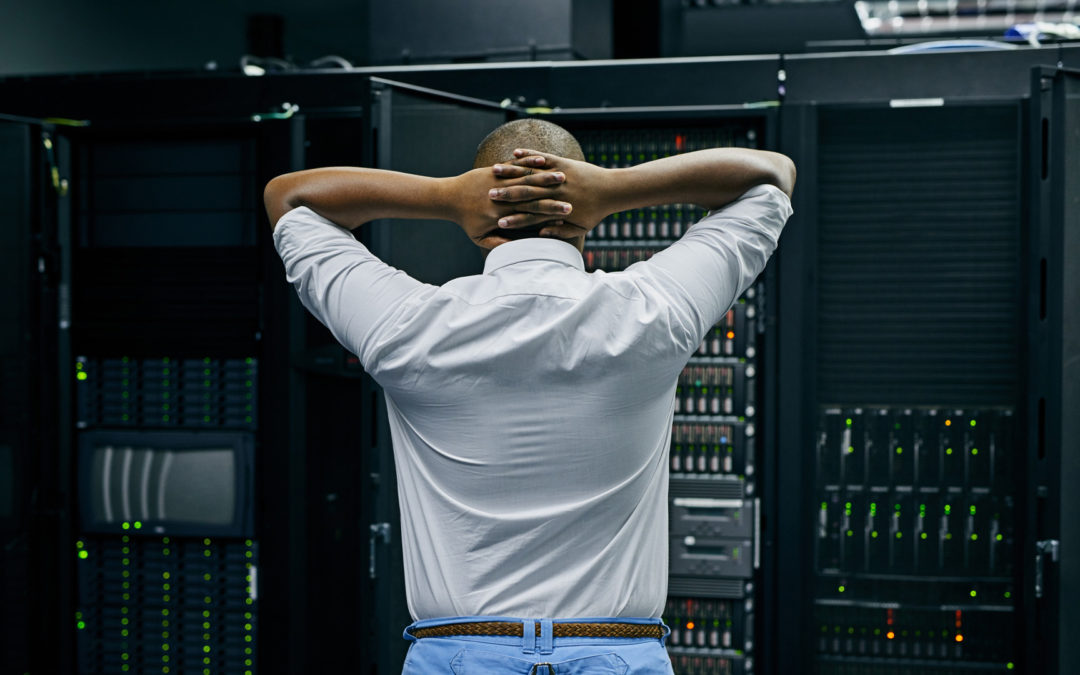Let’s face it; Accidents happen. If it can go wrong, there’s a good chance it will. That’s why every business, from the mom-and-pop shop around the corner to the Fortune 500 company in the downtown high-rise, needs a backup and disaster recovery plan. At Syscom in New Orleans, we know disasters — manmade and natural — are on the rise. We also know business continuity and disaster recovery plans are crucial to long-term business success.
According to FEMA, four out of 10 businesses don’t reopen after a disaster and another 25 percent fail within one year. Too many businesses are unprepared for a disaster because they don’t have the proper backup and disaster recovery plans in place. The truth is catastrophic events can derail your business, but you can stay ahead of unexpected events by recognizing the potential threats.
Here are 4 reasons your small business needs a backup and disaster recovery plan:
Natural Disasters
We’ve all witnessed the deadly impact of natural disasters across the country. Notable natural disasters range from hurricanes along the Atlantic coast, flooding everywhere from New York to Louisiana, and wildfires in California. Businesses are devastated. Buildings, equipment and livelihoods have been damaged or destroyed.
Building & Hardware Failures
As the temperature outside rises, so do the number of building fires. Summertime is a peak time for commercial structure fires as the summer heat, overworked air conditioning units and lightning strikes increase the risk of fires.
When your building suffers a fire, there’s the strong chance your hardware may fail. Hardware failure causes data loss, downtime and reduced productivity.
Cyberattacks and Data Breaches
Hackers and cybercriminals are starting to view small and medium-sized businesses (SMBs) as prime targets. According to Verizon’s “2019 Data Breach Investigations Report,” 43 percent of breaches involved small businesses. Here are some of the ways cybercriminals attack:
Malware — malicious software such as spyware, viruses and ransomware. Once in your computer, the malware can block access to your computer, covertly transmit data or destroy the system from the inside.
Phishing — the act of sending fraudulent communications, such as emails or attachments, which ultimately trick the receiver into providing access credentials.
Exploiting Outdated Software — Hackers taking advantage of weaknesses in older versions of computer programs. For example, according to CSO, there was a patch available for Windows computers months before the WannaCry ransomware attack, but the people affected put off downloading the update.
Human Error
Unfortunately, if there is going to be a data disaster, we — the end user — will most likely be the cause. Ninety-five percent of cybersecurity issues are the result of human error, according to IBM. These behaviors can include clicking on suspicious links, neglecting to download software patches and updates, accidentally deleting important files and intentional damage caused by disgruntled employees.
How We Can Help
For SMBs, it’s not a matter of “if” you’ll be affected by hardware failure, a data breach or some natural disaster — it’s a matter of “when.” But with a comprehensive business continuity and disaster recovery solution including onsite and offsite servers, automated cloud backups and enhanced security features, your business won’t miss a beat when the unexpected happens.
Let Syscom help by designing a business continuity and disaster recovery strategy completely customized for your business. Contact us today to get started.
Sign up for our newsletter!

Recent Comments